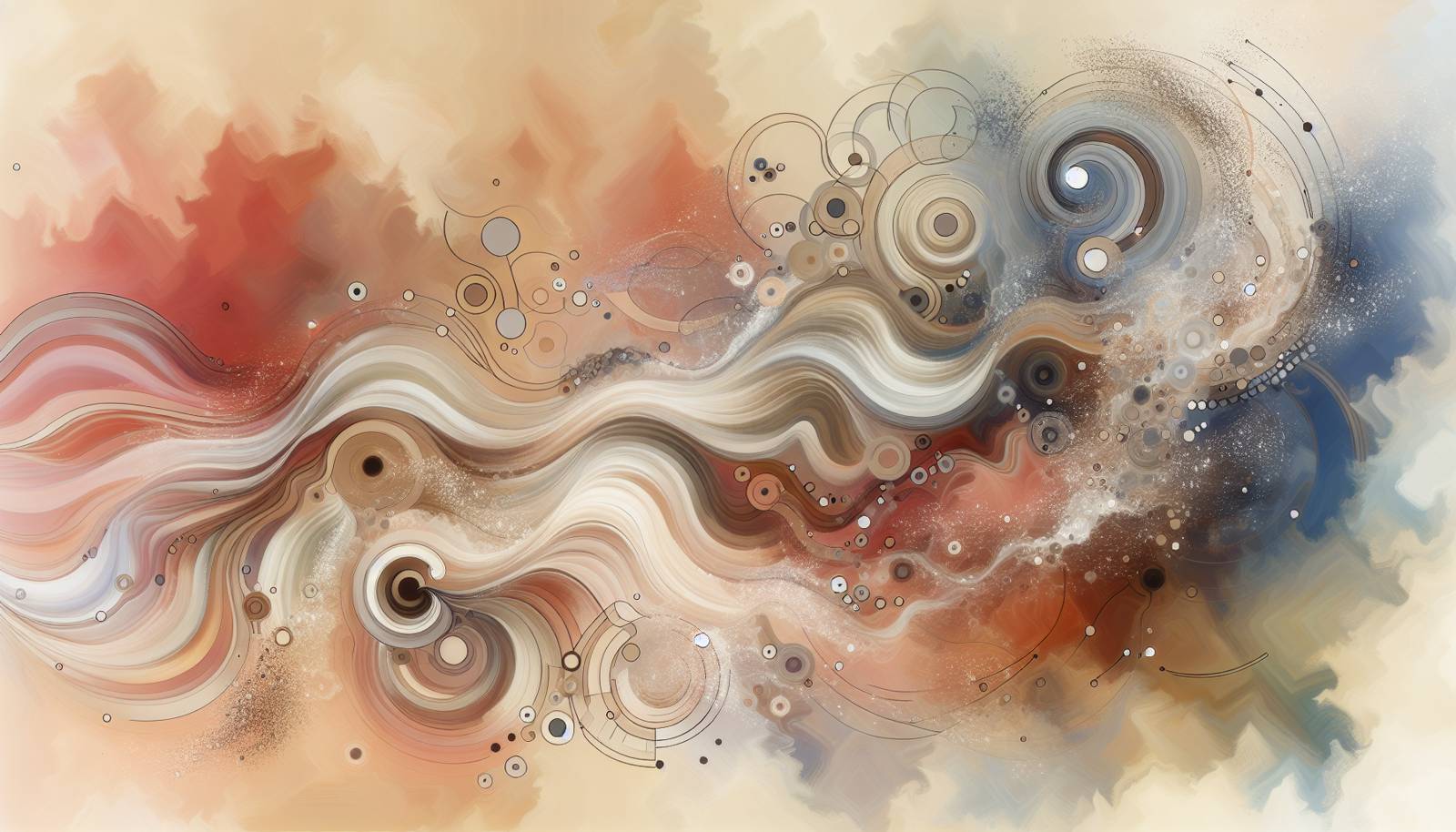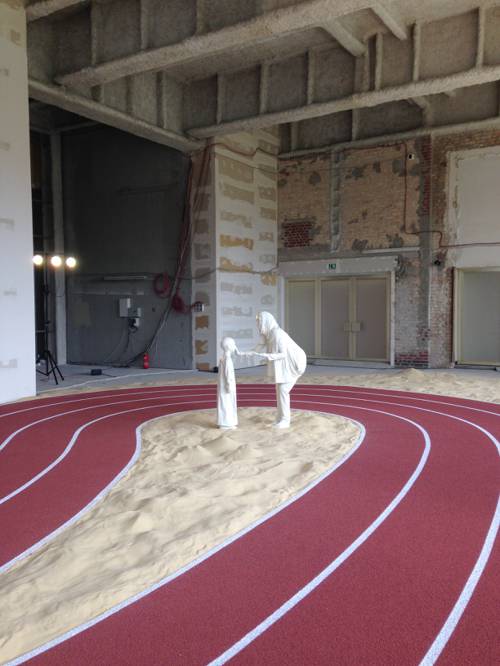
FAQ About The Role of Art Collectives in Cultural Evolution

What is an art collective?
An art collective is a group of artists who work together to achieve a common artistic goal or explore shared themes. These collectives often operate outside of traditional art institutions and are known for their collaborative approach to creating art, organizing exhibitions, and engaging with the community.

How do art collectives influence cultural evolution?
Art collectives influence cultural evolution by challenging existing societal norms and encouraging new ways of thinking. Through their projects and collaborations, they bring diverse perspectives and innovative ideas to the forefront, driving cultural and social change.

What makes art collectives different from individual artists?
Art collectives differ from individual artists in their collaborative nature. Members of a collective share resources, ideas, and responsibilities, which can lead to a more diverse and multidisciplinary approach to art-making. This collaboration often results in projects that are bigger in scale and impact than what a solo artist might achieve.

Can art collectives help democratize the art world?
Yes, art collectives often strive to democratize the art world by making art more accessible and inclusive. They tend to operate outside of the commercial gallery system and are committed to exploring alternative methods of art production, exhibition, and distribution, which can empower underrepresented artists and audiences.

Why are art collectives important in contemporary art?
Art collectives are important in contemporary art because they often address social, political, and cultural issues directly and collaboratively. Their innovative approaches and willingness to engage with audiences outside traditional art spaces allow them to contribute significantly to contemporary discourse and artistic practices.

What roles do art collectives play in communities?
Art collectives play significant roles in communities by fostering local engagement and participation. They often use art as a tool for community building, education, and activism, helping to raise awareness of local issues and inspire change through collective creativity.

What are some famous art collectives?
Some famous art collectives include The Guerrilla Girls, known for their feminist activism in the art world; The London Group, one of the longest-running artists' associations; and Fluxus, which included notable members such as Yoko Ono and George Maciunas, and was influential in the development of conceptual and performance art.

How do art collectives challenge societal norms?
Art collectives challenge societal norms by addressing taboo or overlooked subjects, questioning authority, and using art as a form of protest or social commentary. By doing so, they inspire dialogue and reflection about the culture and norms of society.

What impact do art collectives have on the art market?
Art collectives can impact the art market by promoting alternative and non-commercial artistic practices. While they often exist outside of or critique the traditional market system, successful collectives may influence trends and inspire changes in how art is valued and traded.

Are there online art collectives?
Yes, there are online art collectives that operate predominantly in digital spaces. These collectives utilize social media, forums, and digital publications to collaborate, share art, and engage with a global audience, expanding their reach beyond physical boundaries.

How do art collectives fund their activities?
Art collectives fund their activities through various means such as grants, donations, crowdfunding, membership fees, and selling artworks or merchandise. Some collectives also collaborate with cultural institutions or participate in residencies and international exhibitions, which can provide additional funding opportunities.

What is the difference between an art collective and an artist group?
While both art collectives and artist groups involve collaboration, an art collective is often more focused on shared ideologies or goals and operates collectively as a single entity. An artist group may simply be a gathering of creatives who work together occasionally without the same level of unified vision or structured collaboration.

How do art collectives evolve over time?
Art collectives evolve over time as their membership, goals, and external contexts change. They may adapt their practices to respond to new cultural, technological, or political developments, often leading to shifts in their artistic focus, strategies for engagement, and methods of collaboration.

What role do art collectives play in innovation?
Art collectives play a crucial role in innovation by encouraging experimentation and risk-taking. Their collaborative nature and diverse membership often lead to the fusion of different artistic styles and ideas, resulting in groundbreaking and hybrid works that might not emerge from individual creators.

How do art collectives engage with audiences?
Art collectives engage with audiences through exhibitions, workshops, performances, and community art projects. They may also utilize social media and digital platforms to reach a broader audience, encouraging participation and dialogue on cultural or artistic issues.

Are art collectives always non-profit?
Not all art collectives are non-profit; however, many adopt non-profit models to focus on community-oriented or activist projects. Some may operate as collectives with for-profit ventures to financially sustain their activities while still prioritizing artistic exploration and cultural engagement.

What challenges do art collectives face?
Art collectives face several challenges, including securing consistent funding, maintaining collective governance and decision-making, and balancing diverse member interests. They also navigate the complexities of gaining visibility in the mainstream art world while staying true to their mission and values.

How do cultural and political contexts affect art collectives?
Cultural and political contexts have a significant impact on art collectives, influencing their themes, methods, and opportunities for engagement. Collectives may respond to current events, advocate for social issues, or align themselves with specific political movements, which can shape their identity and critical reception.

Can art collectives contribute to social activism?
Yes, art collectives can significantly contribute to social activism by using art as a medium for raising awareness, rallying support, and inspiring change. Through public interventions, community collaborations, and multimedia projects, they engage audiences on critical social and political issues.

What should one consider when joining an art collective?
When joining an art collective, consider its goals, values, and collaborative dynamics to ensure they align with your artistic objectives and aspirations. Evaluate the level of commitment required, the collective's approach to decision-making, and how it fosters creativity and support among its members.
